Steal our senior living SEO plan that helps us generate more than $4 million annually for our senior living clients.
The days of reading a newspaper to find a safe place for your aging loved one to live in are gone. In today’s digital world, the best way to find a place for your aging relative—and for senior living communities themselves to find new residents—is for each community to have a strong online presence.
Jump To:
The Online Senior Living Landscape
8 Elements of SEO Success for Senior Living
- Understand the Target Audience
- Conduct Keyword Research
- Create High-Quality Content
- Pay Attention to On-Page Optimization
- Know Technical SEO
- Don’t Neglect Local SEO
- Practice Link-Building
- Measure Impact
The Online Senior Living Landscape: How It Works
The best way to create a strong online presence is utilizing search engine optimization (SEO) strategies, so that each community can show high up in search engine results pages (SERPs) on search platforms like Google, Bing, and Yahoo. Each time a new potential resident visits a community’s website and fills out a form to request more information about the community, a lead is generated. These leads can directly translate to heads in beds (aka residents in communities).
Unfortunately, the online space is competitive, and some have effectively gamed the online system to steal leads from communities. Well-known organizations in the online senior living industry “steal” digital leads from senior living communities and then sell those leads back to communities. In other words, these organizations create individual pages on specific communities that outrank the official community pages in SERPs. When people interested in learning more about these communities give their information to APFM or Caring.com, these organizations sit on these leads… unless communities cough up money to buy leads on their own communities back. This strategy chokes out many retirement homes, taking funds away from where they could be better spent, like improving amenities for residents or increasing pay for employees.
We at Digital Strike – Targeted Marketing think this current landscape sucks (pardon our language). That is why we created the Caring Advisor network of senior living directories. In our network, we list senior living communities for FREE with accurate information about each location, including level of care offered and price ranges. We don’t just list communities for free, though. We also do not charge communities for receiving leads from our directories; we just give them back to the communities. For free. Seriously.
Listing your community in our free directory is but one way we help communities thrive in the online senior living industry. We also help our clients thrive by implementing the following tried-and-true SEO techniques to outrank lead thieves in SERPs.
The 8 Elements of SEO Success for Senior Living
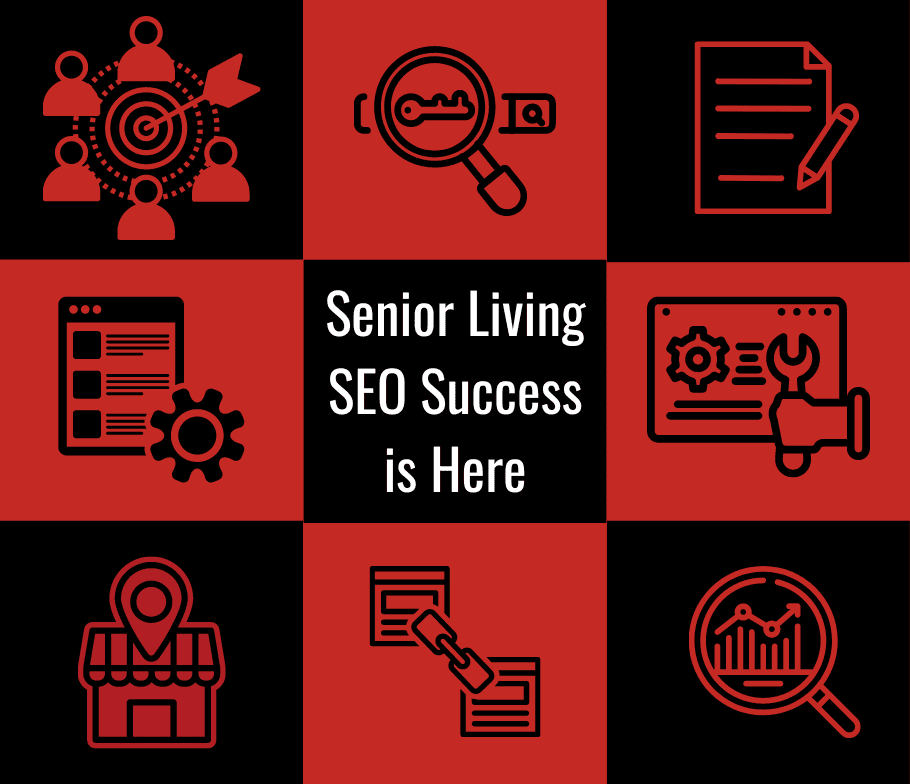
Below are the 8 critical elements of SEO success that we use to help retirement communities reach their target audience online to place residents in their senior living facilities… and how we can help you do the same.
1. Understand the Target Audience

Everyone remembers when Neil Armstrong said, “One small step for senior living, one giant leap for families with seniors.”
Okay, no one remembers that because he never said it. But if he said it, the sentiment would be exactly what you need to keep in mind for your website design and overall senior living SEO campaign: aging people are at the heart of everything you do. They and their families are always going to be your target audience.
With that in mind, you need to craft messaging that resonates with the needs and preferences of your potential residents. This strategy is key to driving website traffic for your community.
So, what do older people need? Unfortunately, there is no one-size-fits-all answer to this question.
Every older adult has different needs, and that is reflected in what people search for online. Some older people, for example, are looking for independent living communities for themselves. Some adult children know that their parents with dementia will need quality memory care services. Others still may be partners to someone who needs a different level of care than they do, so they search for assisted living options for couples.
This all means that, in order to reach these prospective residents, you need to establish your brand as the answer to their solutions. Your website’s content needs to address the concerns of these individuals and offer solutions.
But how do you know what people are searching for? (Hint: it involves a little research.)
2. Conduct Keyword Research
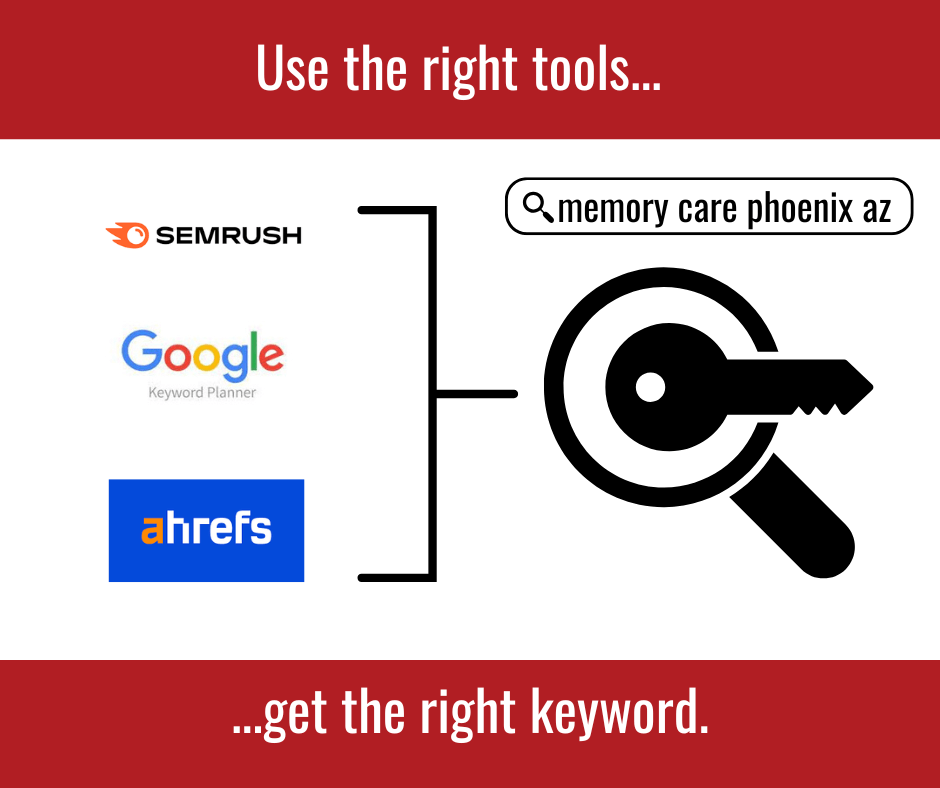
Relevant keywords are at the center of any robust SEO campaign; they help you understand what your target audience wants, how you can structure your pay-per-click (PPC) campaigns, what to post on social media, and what type of content should live on your site. You fortunately won’t need to rely on Steve or Blue to find keyword clues for your campaigns; you can find keywords relevant to your community using certain free or affordable tools.
Specifically, you can conduct keyword research using SEO tools like Google Keyword Planner, Ahrefs, and/or SEMrush. We recommend starting by narrowing down search results by location, then seeing who is looking for senior living-related keywords in your area. Great starts for memory care keyword research, for example, include “memory care facilities in [Whatever Your Location Is]” and “assisted living facilities for Alzheimer’s patients.”
Once you know what terms are ranking highly, you know what people are searching for. Find the overlap between your senior living services and what people want, then tailor your campaigns around that overlap. For example, if people are searching for “memory care communities in Phoenix, Arizona” and you offer those services in this area, be sure to have at least one page on your website dedicated to this keyword. The content should detail the extensive memory care services you offer to Phoenix residents.
3. Create High-Quality Content
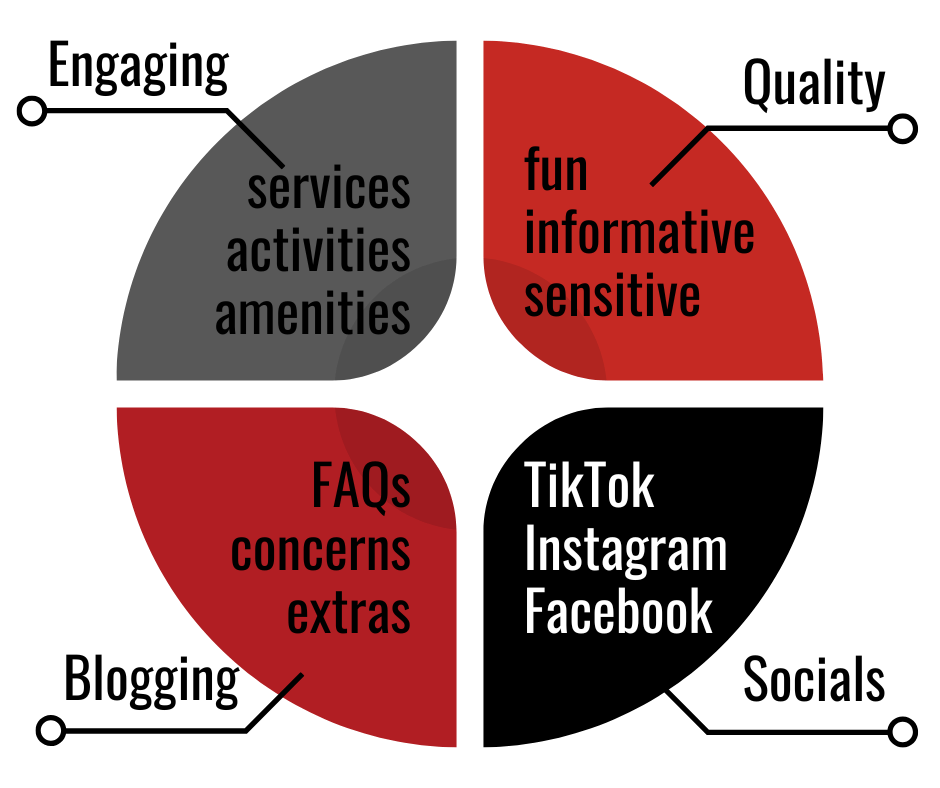
Senior living websites populated with helpful content perform better on Bing, Yahoo, and Google search engine rankings. What makes for helpful content on senior living community websites? The following typically helps:
- Creating engaging content about the community: Your service pages’ content should educate and engage your audience, covering topics ranging from the amenities of your assisted living communities to activities in your retirement communities.
- Answering questions with blog posting: Your service pages, where you discuss the services and amenities you provide, are undoubtedly the backbone of your site. But these pages cannot work alone. In other words, teamwork makes the dream work. Supplement service pages with engaging, regularly scheduled blog posts where you can discuss questions, concerns, and topics you could not otherwise cover in other pages. These blogs will build your authority and drive traffic to your site, a real win-win.
- Choosing quality over quantity: Focus on creating high-quality content that provides real value to your audience. Above all else, make sure your content is engaging, informative, and sensitive. Remember, making the move to senior living is hard, so treat this subject with the respect it deserves.
- Not neglecting social media: Maybe MawMaw isn’t on Instagram, but her adult children and grandchildren probably are. That means you can reach prospective residents by posting regularly on appropriate social media channels like TikTok, Facebook, and Instagram. These posts not only increase visibility of your brand to attract new residents, but they also provide peace of mind to families of current residents when you showcase fun activities in your community.
4. Pay Attention to On-Page Optimization
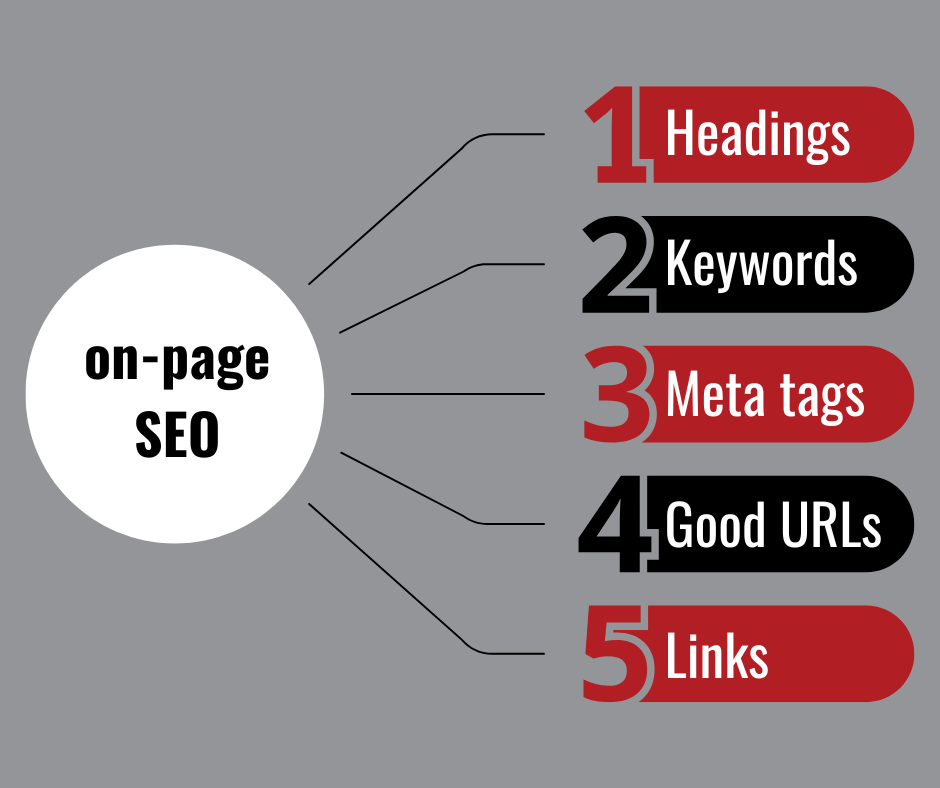
On-page optimization, which includes crafting compelling meta descriptions and ensuring your website’s content is rich in relevant keywords, plays a significant role in improving your senior living website’s search engine rankings.
Here are some on-page optimization elements you need to keep in mind:
- Headings: Who likes reading a big block of unbroken text? Nobody. Nobody likes that at all. So, use HTML headers and subheaders to organize your content and make it easier to read for both human users and Google bots that crawl the web and rank content. Each page should have only one <h1> tag, which should be the SEO-rich heading for the entire page that lets everyone know what the content is about. Subheaders can be in <h2>, <h3>, <h4>, and so on tags. It is best to think of these tags as section dividers and subdividers. Let’s give an example. Say you have a page about a memory care facility in Phoenix, Arizona. Your <h1> tag could be <h1>Discover the Best in Memory Care in Phoenix, AZ</h1>. Your other tags could include <h2>Services We Offer</h2> and <h2>Our Pricing</h2>.
- Keyword-rich content: Your content should include not just your target keyword, but also relevant secondary keywords, too. For example, say your target keyword is “memory care Phoenix, AZ.” You want to include other relevant terms in your content like “memory care services,” “assisted living Phoenix,” and “how to pay for memory care.” Note though that adding too many keywords into content is known as keyword stuffing, and we recommend leaving the stuffing at the dinner table. Search engines penalize the practice heavily.
- Meta titles: Each page on your senior living website should have a unique title tag that incorporates relevant keywords. The title tag is different from your <h1> headings: the title tag is in the header section of your page’s HTML code while the H1 tags are in the body section. Meta titles appear in SERPs and help people and bots know what your page is about. Let’s use our previous example and say you have a memory care facility in Phoenix. Your title tag should be 60 characters or less and could be <title>Best Memory Care in Phoenix, AZ—Starting at $X/Mo</title>.
- Meta descriptions: Just as each page needs a title, so too do they need unique meta descriptions that also include the right keywords. Like title tags, meta descriptions let both human users and bots on search engines know what each page is about. Going back to our previous example, our description for this community should be 160 characters or less. It could read “Discover the best memory care community in Phoenix, Arizona. Services start at only $X a month!”
- User-friendly URLs: Ensure that your URLs are simple, indicative of the content on the page, and contain your target keyword. For example, for a location page about your memory care community in Phoenix, Arizona, the URL should be something like https://www.SuperCoolSeniorCommunity.com/locations/memory-care/phoenix-az.
- Links: Your page should include both internal links (links to other pages on your site) and external links (links to other websites). The internal links work together to let bots know what your website is about. The external links show bots (and readers!) that you have done your research and are citing your sources, making you more credible. Having both of these link types makes your website healthier in the eyes of Google and human users.
5. Know Technical SEO
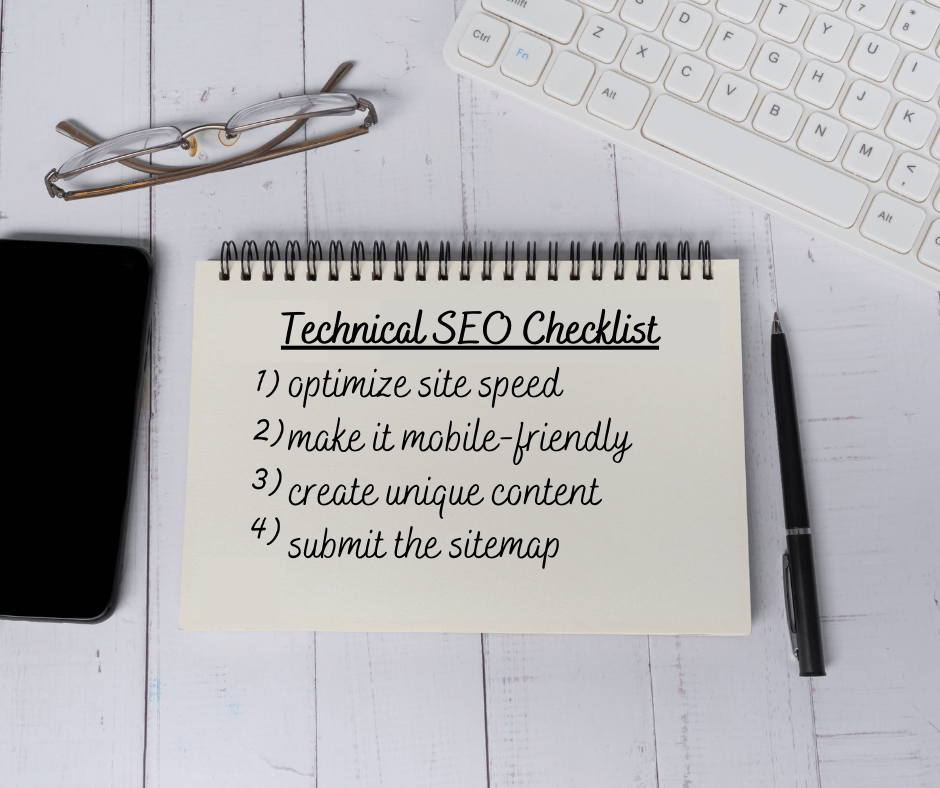
Technical SEO refers to the technical elements of SEO that make the website easier to read for bots and more enjoyable to explore for human users. This aspect of SEO includes:
- Site speed: Fast-loading pages improve user experience and are favored by search engines. One major component of websites that can slow down page speed? Images! Don’t let massive images weigh you down. Compress files to reduce lagging (and no, that doesn’t mean setting your image size to “small” on the WordPress backend). We recommend using free online tools like TinyPNG to compress image files to save site speed while still maintaining good image quality.
- Mobile optimization: With the increasing use of mobile devices, ensure your website is responsive and mobile-friendly. In other words, do not just design your website to look good on a laptop or desktop PC. You need to make sure your layout looks attractive for mobile users, too.
- Duplicate content: Search engines hate this one thing: duplicate content. What does that mean for you? It means that each page on your site needs to be unique. What does that mean? It means 1.) no plagiarizing from other sites and 2.) each page on your site needs to be different from each other. If you cross-post your content, however, make sure you establish which one is the canonical URL with the right tag (rel=canonical element). Establishing a page as canonical means you are telling search engines that the page contains the original content that should rank in SERPs.
- Sitemap submission: Google and other search engines need to crawl your website in order to display it in SERPs. Google has a lot of sites to crawl. Like. A lot a lot. Make everything easier for Google to crawl (which could boost your SERPs) by submitting your sitemap. The preferred sitemap structure is XML, but Google also accepts text, Atom 1.0, HTML, RSS, and mRSS.
6. Don’t Neglect Local SEO
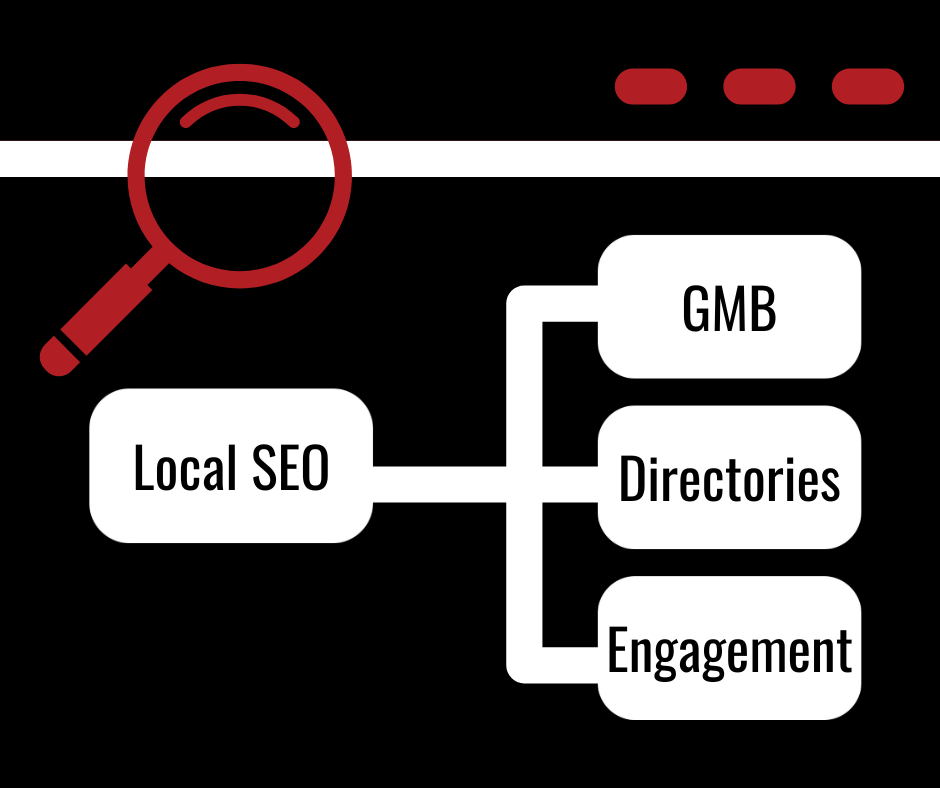
Local SEO is vital for any organization that has a brick-and-mortar location, like a senior community. Local SEO is SEO specific to local search. Local search is important because it means that people living near your senior living community can find it in SERPs rather than a location 200 miles away.
Critical elements of local SEO success for senior living communities include:
- Creating and optimizing your Google My Business (GMB) listing: A well-optimized Google business profile helps a community appear in local search results. A GMB listing is what appears on the right-hand side of Google search results when you type in a business in the search bar; it lists easy-to-digest information for users, like community hours, senior living services you offer, pictures of your community, and a link to your site.
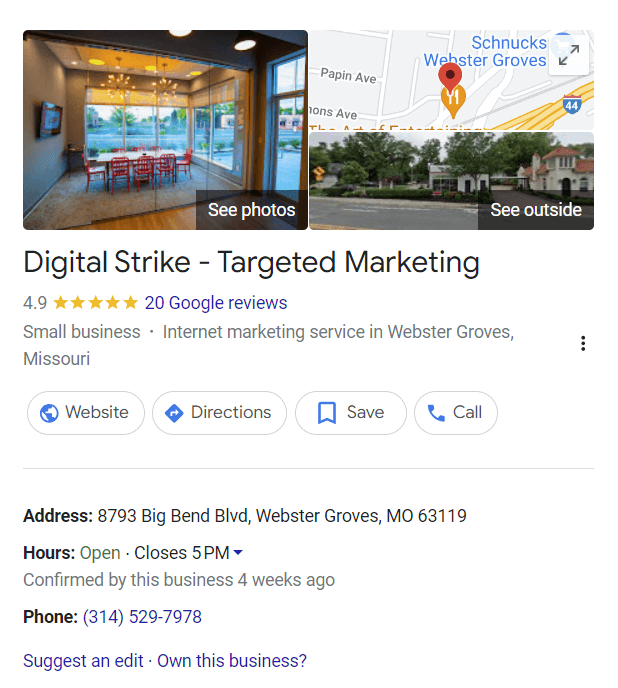
- Listing your community in local directories: List your community in local directories (like Caring Advisor) with consistent NAP (Name, Address, Phone Number) information. Having inconsistent NAP information can tank search engine rankings. For example, do not list your address as “123 Geriatric Ave” in one directory and “One-Two-Three Geriatric Avenue” in another. Decide on one spelling for your community and stick with it every single time your community’s address appears on the web.
- Engaging with the community: Highlighting local events and partnerships can boost your local SEO efforts and reach online. For example, when you post on Facebook, be sure to tag community partners or employees (if they consent) in the post. You can also engage the community by responding to individual comments on your posts, responding to online reviews and testimonials, or sending newsletters to residents’ families.
7. Practice Link-Building
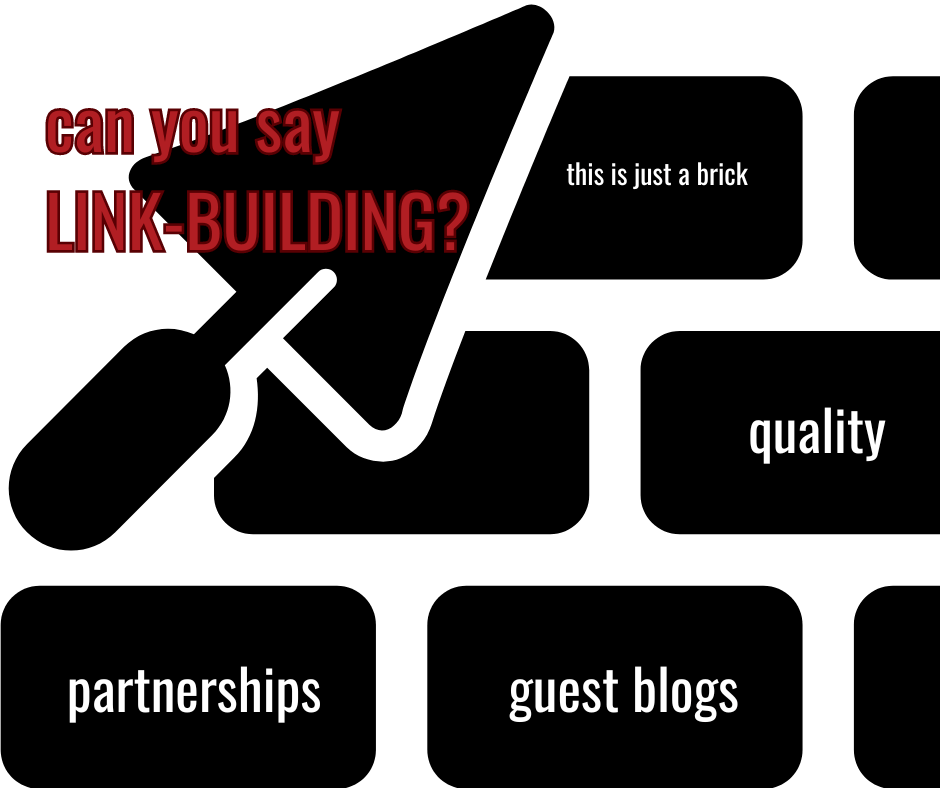
A robust link-building strategy is a cornerstone of any senior living SEO strategy, impacting both local SEO and overall search engine rankings. That means that building quality backlinks from reputable sources within the senior living industry enhances the authority of your community’s website.
Keep the following in mind when building your community’s link-building strategy:
- Quality over quantity: Aim for backlinks from reputable sites in the senior living sector and healthcare industry. Think CDC, not a site made by some guy from his parents’ basement.
- Guest blogging and partnerships: Collaborate with authoritative sites for guest posts and content exchanges. This way, you can get backlinks to your site and build working relationships with other industry leaders.
8. Measure Impact
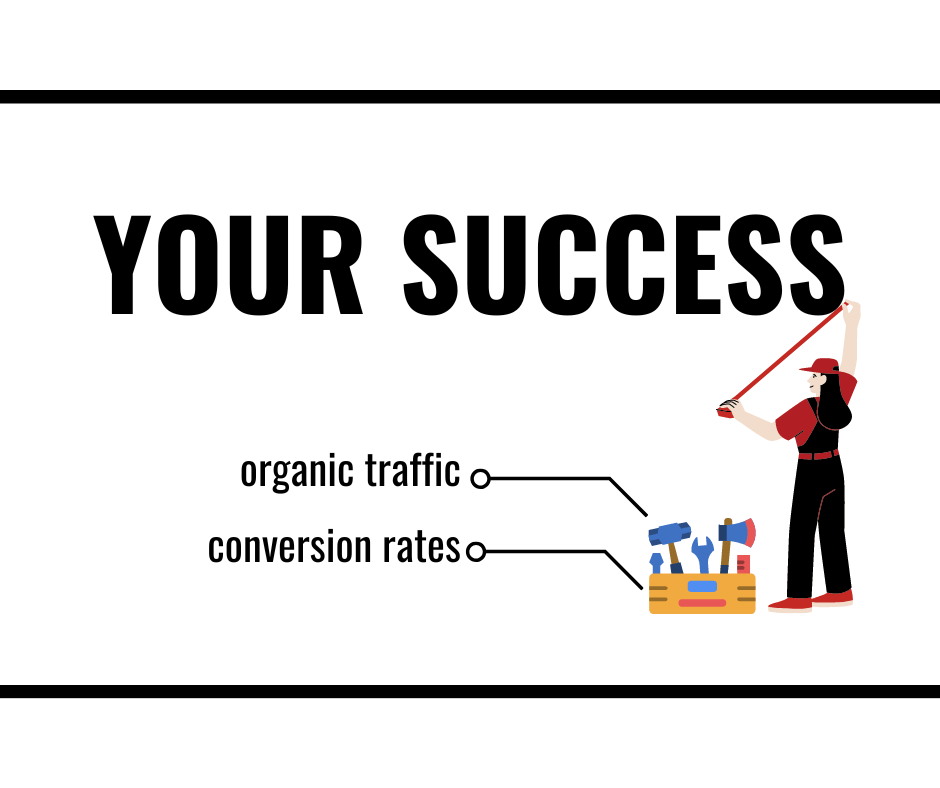
Measure the effectiveness of your SEO campaign using key metrics like bounce rate, click-through rate (CTR), and organic traffic. By regularly analyzing these metrics, your senior living communities can fine-tune their marketing strategies for better outcomes. Namely, you can figure out what works (and keep doing that) and what doesn’t work (we can’t tell you what to do, but you should probably stop doing that).
The core components of measuring your campaign’s impact include:
- Regular analysis: Utilize tools like Google Analytics to monitor website traffic, user engagement, and conversion rates. Do so regularly so that you can stay on top of your campaign and never get blindsided.
- Adapting strategies: Be ready to adapt your strategies based on the data and trends you observe. Don’t just double-down on bad strategies or throw your hands up and blame the intern. Pinpoint what went wrong and then pivot your strategies. Ask yourself: Are your keywords the right ones? Are you bidding competitively for PPC campaigns? Is your site friendly for mobile users? Always be willing to question every part of your campaign and work with your team to develop a course-correction strategy.
Why Trust Us to Help You?
Digital Strike – Targeted Marketing is the world’s coolest former gas station turned SEO agency (and we aren’t just saying that because we might be the only SEO company that used to be a gas station). Based out of St. Louis, Missouri, our experts have years of digital marketing experience that we have used to support over 1,500 senior living communities.
The numbers speak for themselves. We typically generate 20 to 60 new lead opportunities per community on a monthly basis from our efforts. Of these leads, communities should be able to convert at least two into heads in beds over time. That all means that we can get roughly 24 new residents for each community we work with annually. The rough (like, super rough) lifetime value of a new resident for a senior community is $180,000. In total, that means we create roughly (again, super-duper roughly) about $4,320,000 in gross incremental revenue for our communities.
Sounds pretty good, right?
Right!
Don’t be left behind while other folks steal your own leads. Work with the SEO experts in the senior living industry and get the leads you deserve.
Contact the Experts and Get Heads in Beds
We understand the intricacies of general and local SEO services for assisted living communities, independent living communities, skilled nursing care communities, and memory care communities. Our tailored approach boosts your online presence and ensures your community’s website content ranks prominently in SERPs, effectively reaching potential residents or their loved ones and letting them know that your community is the best place to spend their golden years.
Contact us today so we can get started helping you get lead opportunities.

